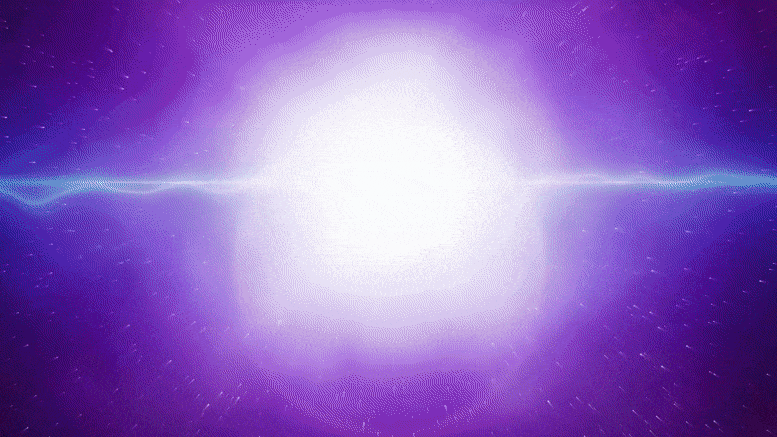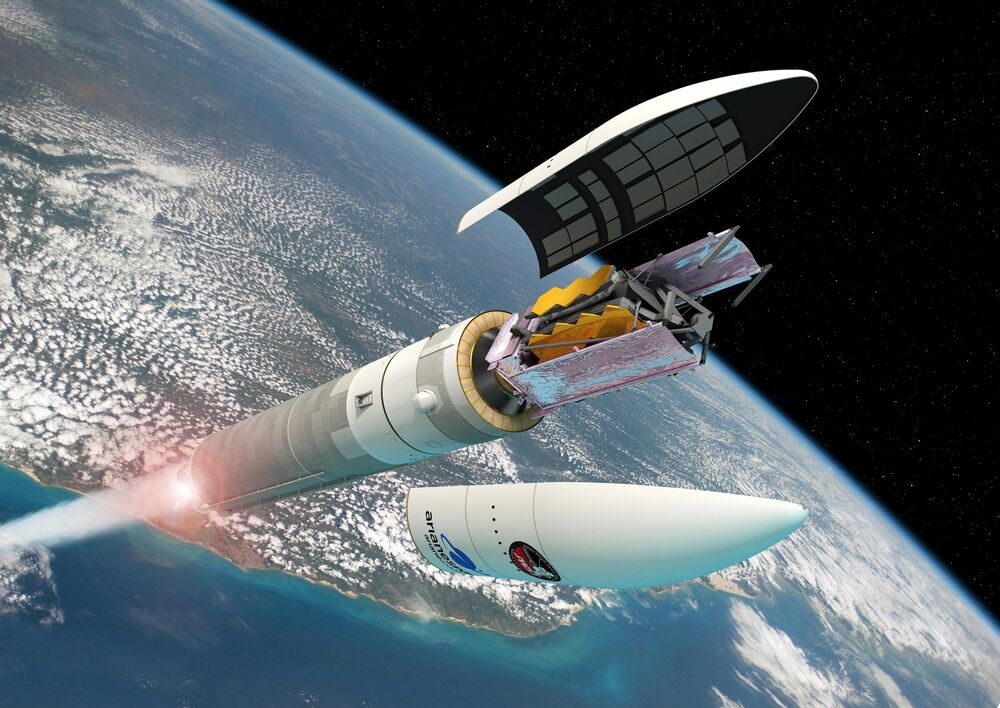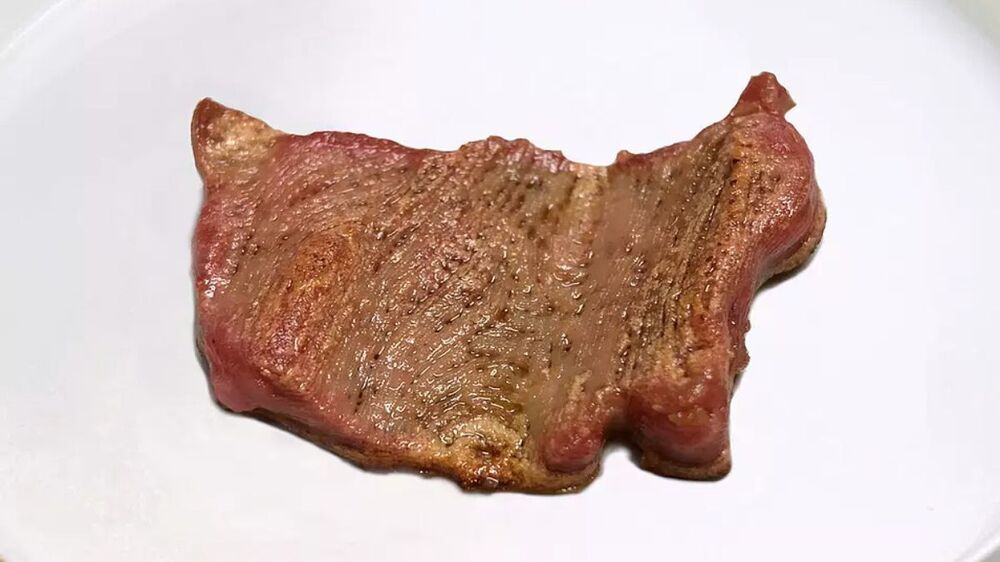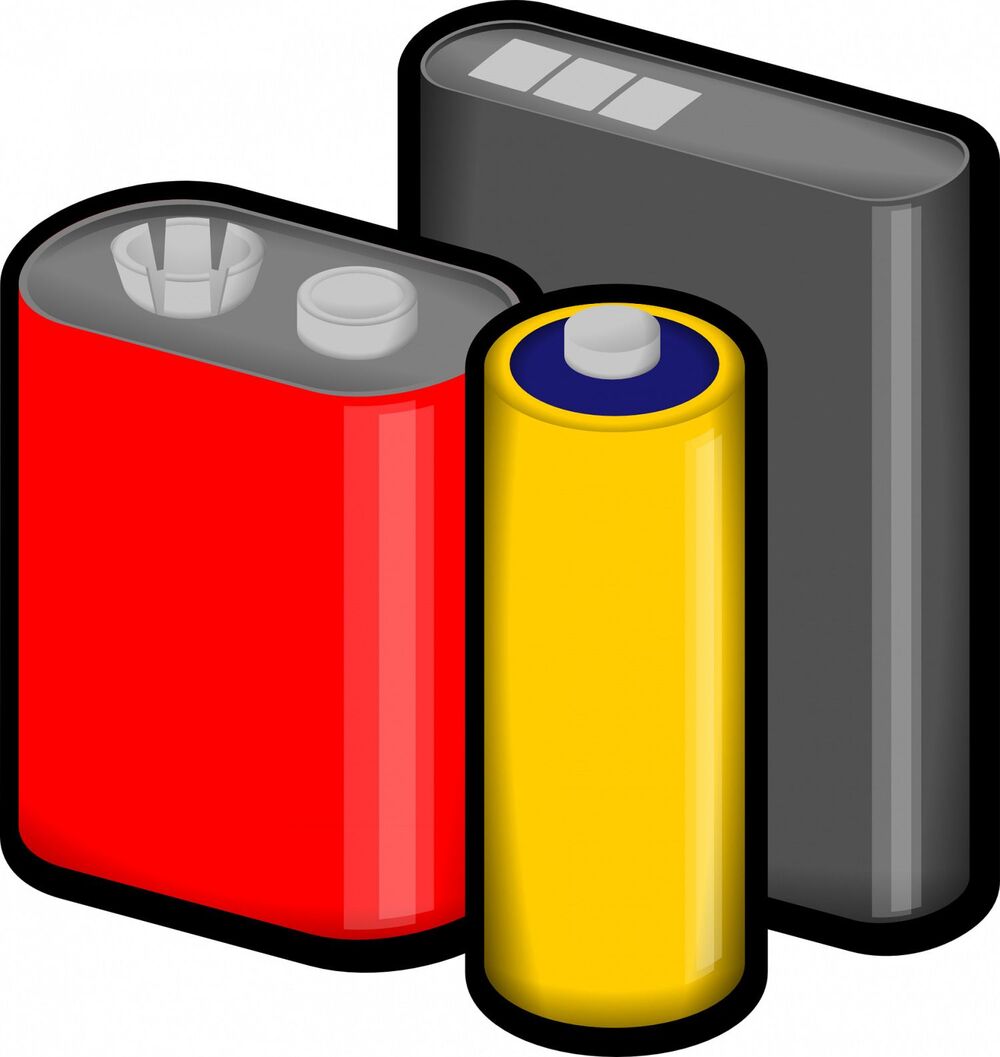Jul 7, 2021
Mystery Star Explained by New Type of Massive Cosmic Explosion – 10x More Energetic Than a Supernova
Posted by Genevieve Klien in categories: cosmology, physics
‘Magneto-rotational hypernova’ soon after the Big Bang fuelled high levels of uranium, zinc in ancient stellar oddity.
A massive explosion from a previously unknown source — 10 times more energetic than a supernova — could be the answer to a 13-billion-year-old Milky Way mystery.
Astronomers led by David Yong, Gary Da Costa and Chiaki Kobayashi from Australia’s ARC Centre of Excellence in All Sky Astrophysics in 3 Dimensions (ASTRO 3D) based at the Australian National University (ANU) have potentially discovered the first evidence of the destruction of a collapsed rapidly spinning star — a phenomenon they describe as a “magneto-rotational hypernova”.

















